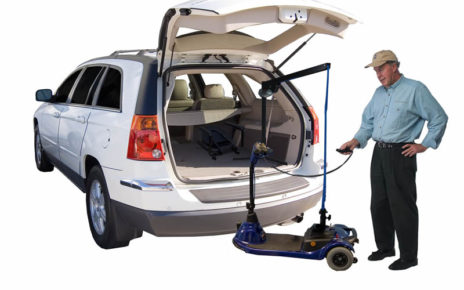If you’ve ever lived in a region prone to hailstorms, you know the potential havoc they can wreak on your vehicle. Hailstones can range from pea-sized pellets to golf-ball-sized missiles, each leaving dents and dimples on your car’s body. Traditionally, repairing these damages involved costly and time-consuming processes. However, thanks to Paintless Dent Repair (PDR), there’s a faster, more efficient, and cost-effective way to restore your vehicle to its pre-storm condition.
What is Paintless Dent Repair (PDR)?
PDR is a specialized technique that removes minor dents from the body of a vehicle without harming its factory finish. It’s frequently used to address hail damage, door dings, minor creases, and other bodyline damages.
Why PDR is the Best Solution for Hail Damage
Preservation of Original Paintwork: One of the major advantages of PDR is the preservation of the original paintwork. Traditional repair methods involve sanding, body filler, and repainting, which often don’t match the vehicle’s original finish. On the other hand, PDR maintains the factory finish by reshaping the damaged metal, making it the best choice for maintaining your car’s aesthetic appeal.
Cost-Effective: Compared to conventional repair methods, PDR is considerably less expensive. Traditional hail damage repair can involve the replacement of entire panels and extensive repainting. With PDR, technicians skillfully restore the original bodywork, eliminating the need for costly materials and labor associated with conventional repairs.
Timesaving: Time is of the essence when it comes to repairing hail damage, especially if your vehicle is a primary means of transportation. Traditional repairs can take weeks, but PDR typically takes a few hours to a couple of days, depending on the extent of the damage. This quick turnaround time minimizes the inconvenience to the vehicle owner.
Value Retention: Vehicles with original paintwork tend to retain more value than those that have been repainted. PDR maintains the original factory finish, contributing to a higher resale value should you decide to sell your car.
Environmentally Friendly: PDR is an environmentally friendly repair method. Traditional methods involve toxic body fillers and paint, which contribute to environmental pollution. PDR is a “green” process as it doesn’t utilize these harmful materials.
The PDR Process
PDR technicians use special tools, including metal rods and body picks, to massage out the dents from the underside of the body panel. For dents that can’t be reached from behind, a specially designed tab may be glued to the exterior of the panel and the dent pulled from the outside. The process requires considerable skill and precision to restore the metal to its original form without cracking or chipping the paint.
Conclusion
While PDR might not be suitable for every kind of vehicular damage, it’s undoubtedly the best solution for hail-induced dents. Its ability to maintain the original factory finish, cost-effectiveness, quick turnaround time, contribution to value retention, and environmentally friendly nature make PDR the optimal choice for car owners facing the aftermath of a hailstorm.
However, it’s essential to remember that the success of PDR largely depends on the expertise of the technician. So, ensure you choose a reputable and experienced PDR provider to restore your car to its pristine condition.





